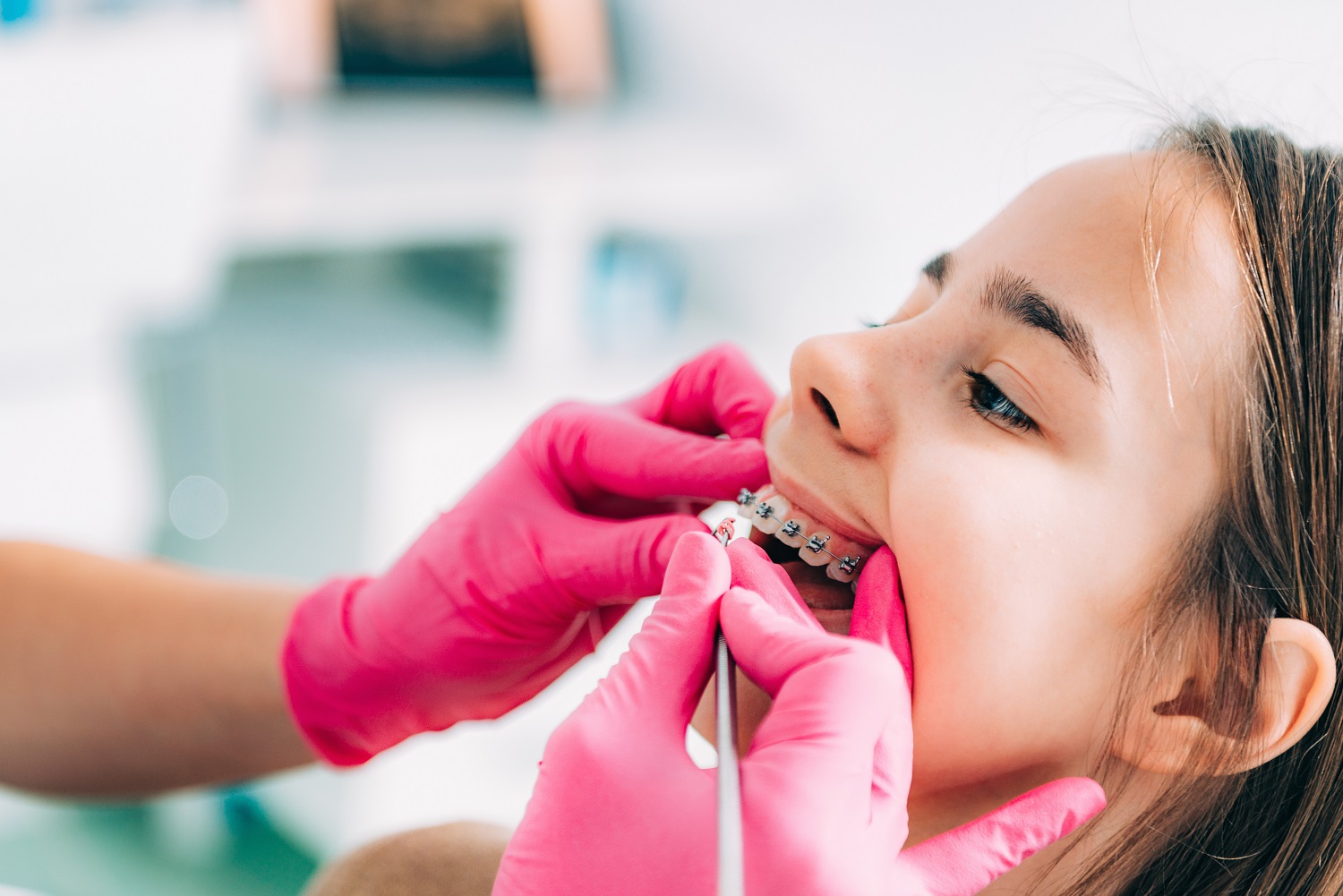Tooth misalignment were first categorized into different classes by Dr. Edward Angle, an American dentist from the mid- ‘80s widely known as the “father of modern orthodontics”. He named them malocclusion and classified them into 3 main classes in relation to the position of the upper first molar.
- Class 1 – Neutrocclusion – When upper teeth overlap the lower teeth
- Class 2 – Distocclusion – Jaw with a growth discrepancy
- Class 3 – Mesiocclusion – Prominent lower front teeth
Almost all the tooth misalignment issues fall into a subdivision of the above classes of malocclusions. Following are 5 of the most common types of tooth misalignments among patients at your in NE Calgary orthodontic clinic.
Overcrowding of teeth
This is a common teeth misalignment issue that happens due to a lack of space in the oral cavity for the teeth. For this reason, teeth grow to have crooked contours and/or overlap with each other, creating an overcrowded atmosphere within the inside of the mouth. When it comes to teeth malocclusion treatments, this is the most common issue treated by your orthodontist in NE Calgary . There are certain childhood habits that increase the risk of overcrowded teeth including sucking the thumb or prolonged use of pacifiers. Another habit that causes overcrowding is thrusting the tongue against growing teeth which leads them to shift and become crowded.
Excess Over-jet
This is when the upper teeth horizontally protrude past the bottom teeth. An excessive over-jet of teeth can cause speech problems and can also make it difficult to consume food as it can prevent proper biting and chewing. It is also considered aesthetically unappealing, which makes this another common tooth misalignment issue that people seek treatment for. The causes of this condition are mainly skeletal problems when the lower jaw of a person has a deficiency in growth. Problems with the inclination of teeth in the front of the mouth are also a common cause of an over-jet which can be easily fixed by orthodontic treatments.
Deep Over-bite
Having a slight overlap between the upper and lower front teeth is normal, but in an over-bite condition, the upper jaw has a huge overlap that causes the upper teeth to bite down on the gums of the bottom teeth. Most often this occurs when someone has a recessive chin that affects the shape of their face and jaw.
While it may seem like a simple aesthetic issue, a deep overbite can cause patients to grind their teeth or clench their jaws often which causes discomfort and chronic headaches. Apart from the genetic issues, thumb sucking is also described as the cause for newly grown teeth to have an excess overbite since the thrusting motion of thumb sucking forces the upper teeth to move forward.
Diastema
This is when a person has spacing or gaps between their teeth. Most commonly these gaps appear between two upper or lower front teeth. The causes of this condition are mostly the mismatch between the size of the jawbone and the teeth, this leaves extra space between the teeth. If a person has some of their teeth missing, it can also cause gaps to appear.
Thumb sucking as a child can be a contributing factor for diastema since it can pull the teeth forward which causes gaps between them due to the unnatural force. Wearing braces is a common treatment for this issue, which moves the teeth together with time.
Cross-biting
Not to be confused with over-jet or over-bite, cross-bite is when the upper teeth bite down on the insides of the lower teeth. It is also referred to as negative over-jet.
Cross-biting can happen on either side of the jaw and affects both front and back teeth. Children with cross-biting issues are treated with palatal expanders that help to expand the palate. About 9% of children’s cross-biting issues tend to self-correct as they grow older.

